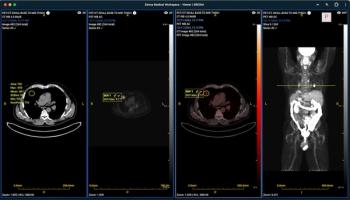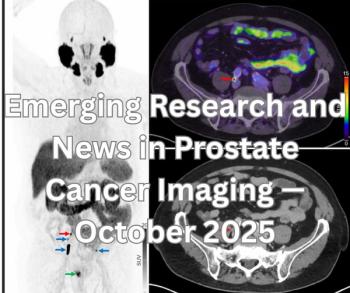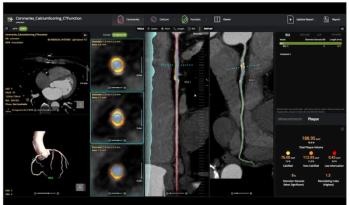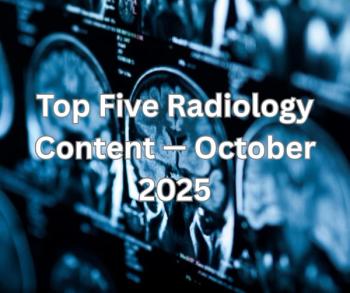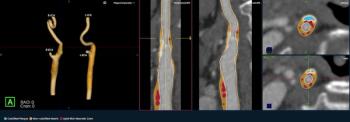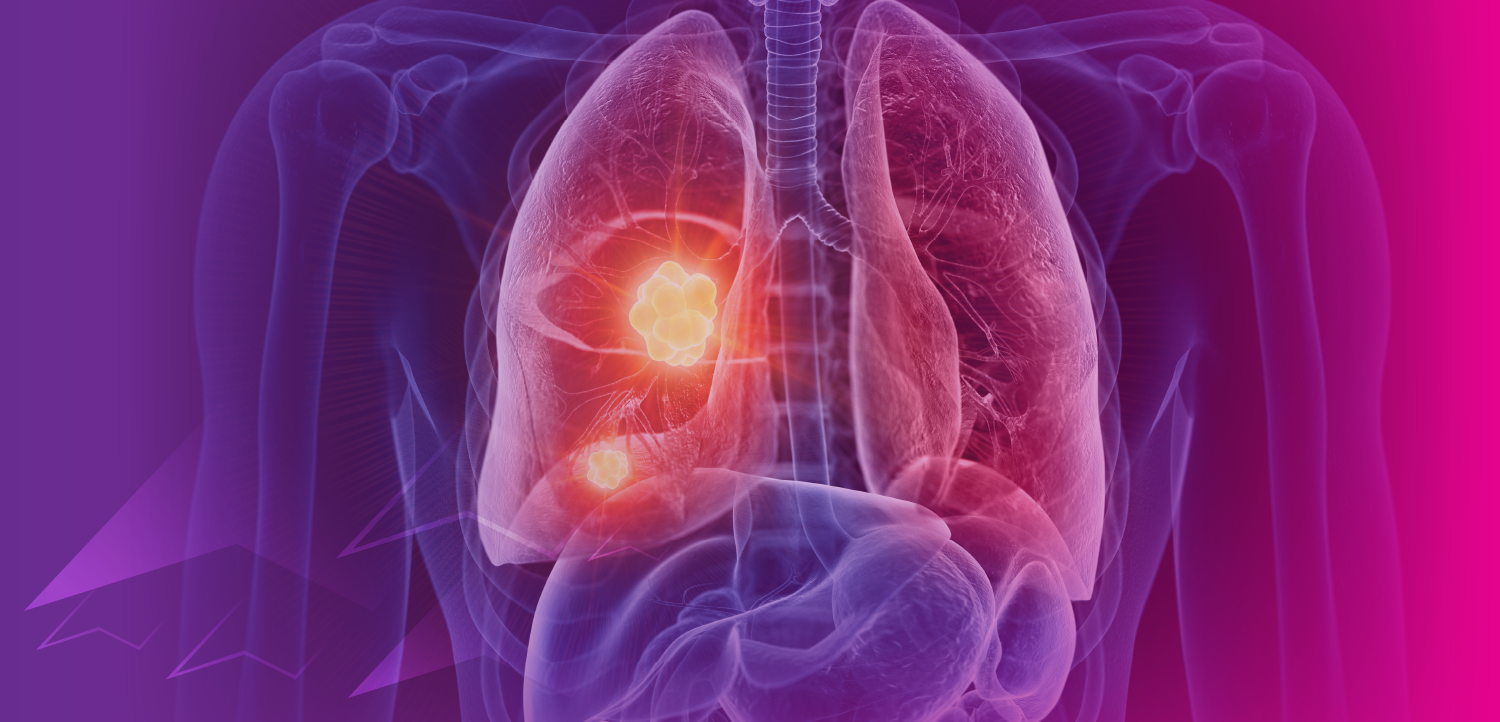ECR Study Finds Mixed Results with AI on Breast Ultrasound
While adjunctive use of AI led to significantly higher specificity and accuracy rates in detecting cancer on breast ultrasound exams in comparison to unassisted reading by breast radiologists, researchers noted that 12 of 13 BI-RADS 3 lesions upgraded by AI were ultimately benign, according to research presented at the European Congress of Radiology.
Can adjunctive use of artificial intelligence (AI) enhance breast cancer detection in ultrasound exams and reduce unnecessary breast biopsies?
For a recent study, presented at the European Congress of Radiology, researchers compared pre-biopsy BI-RADS scoring for two breast radiologists (one with 25 years of experience and another with five years of experience) for 288 breast lesions to retrospective assessment with an adjunctive AI system (Koios DS Breast, Koios Medical).
The researchers found that the adjunctive AI system had a specificity rate that was more than double that of the more experienced radiologist (35.9 percent vs. 17.4 percent) and 14 percent higher than the second radiologist (21.9 percent). Adjunctive AI also had a significantly higher accuracy rate (59 percent) in comparison to unassisted reading by the reviewing radiologists (48.6 percent and 51.3 percent), according to the study.
Out of breast lesions originally classified as BI-RADS 4 and higher lesions by the senior radiologist, the researchers noted that 68 lesions were downgraded to BI-RADS 3 or lower assessments. They pointed out that 64 of those downgraded lesions were benign.
“If the 58 lesions out of these 68 that the first radiologist scored as BI-RADS 4A or below were not biopsied, the biopsy rate could have been reduced by 20.1% (58/288) … ,” noted lead study author Meliha Akin, M.D., who is affiliated with Acibadem University in Istanbul, Turley, and colleagues.
However, the researchers also noted a potential for false negatives with adjunctive AI. Out of 13 lesions originally assessed as BI-RADS 3 by the senior radiologist and upgraded by adjunctive AI to BI-RADS 4 and higher, 12 lesions were benign, according to the study authors.
They also found that the AUC for breast cancer detection for unassisted reading by the breast radiologist with five years of experience (66.2 percent) was higher than that of the adjunctive AI system (60.5 percent) and the senior radiologist (58.3 percent).
Otherwise, the study authors did note comparable sensitivity rates and negative predictive values (NPVs) between the reviewing radiologists and the adjunctive AI system, and a slightly higher positive predictive value for the AI modality (48.1 percent vs. 42.5 percent and 43.9 percent for the reviewing radiologists).
Reference
Akin M, Erdemil S, Taskin F. The added value of an artificial intelligence decision support system in reducing unnecessary biopsies by experienced breast radiologists. Presented at the European Congress of Radiology, February 28-March 3, 2024, Vienna, Austria.
Newsletter
Stay at the forefront of radiology with the Diagnostic Imaging newsletter, delivering the latest news, clinical insights, and imaging advancements for today’s radiologists.

